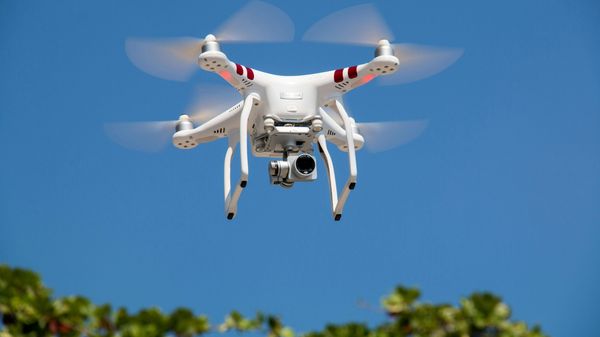
In sandals made from old car tyres, Leitati Rabikon walks with measured steps, careful not to tread on acacia thorns, up the steep hill in the midday sun. Every so often, she stops to wipe the sweat from her face.
Rabikon, who is in her 80s, arrives with three other women at the home of Kevina Kenyaga, who is heavily pregnant with her fourth child. The four are traditional birth attendants (TBAs) in Leparua, a remote community in Isiolo county, north-east Kenya.
“Huyu atazaa leo [she will give birth today],” Rabikon says in Swahili, while giving Kenyaga an abdominal massage. Kenyaga does have a baby boy at the local clinic later that afternoon.
Kenyaga lives within walking distance of the privately run clinic, funded by the Lewa Wildlife Conservancy, which it borders. The nearest government hospital is 30 miles away in Isiolo town. To get there, a woman takes her chances with bandits – who have made this region insecure – and has to find the money for transport and a hospital stay.
While traditional midwives are key providers of delivery services in rural areas in Kenya and across sub-Saharan Africa, they have been blamed at times in the past for unhygienic practices in regions with high rates of maternal and child deaths.
Data released by the World Health Organization in February shows that 95% of the 287,000 deaths associated with pregnancy and childbirth in 2020 occurred in poor countries, mostly in sub-Saharan Africa, because of inadequate health facilities or personnel, particularly in remote areas.
Kenya has one of the highest maternal mortality rates in the world, with 530 deaths per 100,000 live births.

But rather than sideline them, the few healthcare workers at the clinic in Leparua are now involving the TBAs. There are 22 working in the area, and their skills and the respect they engender in the community are being used to encourage pregnant women to have safer deliveries.
“These women are the agents of change in the community regarding clean and safe delivery,” says Haggai Tirra, one of two male nurses at the clinic.
“For the last seven years, we have incorporated them as our outreach ambassadors and trained them on the signs of labour and risks associated with home deliveries. When they warn a pregnant woman about the dangers of delivering at home, their word is final.”
This training, according to the nurse, has seen the numbers of hospital deliveries in the area increase by 90%, with a corresponding reduction in child and maternal mortality, as well as a decline in the spread of HIV and hepatitis among the poor community.

“The spread of these diseases and maternal complications – such as fistula during home deliveries – were spoken of in hushed tones. The cases were blamed on cultural curses.
“Today, we give the TBAs birth-plan packages containing a clinic record book, a baby shawl, a change of clothes, emergency contacts, surgical spirit and money in case of an emergency, which the TBAs give to pregnant women in the villages. With these items, a pregnant woman starts preparing for childbirth months in advance,” says Tirra.
A lack of facilities at the clinic, which serves a population of 5,000 within a 15-mile radius, led the TBAs to build a small manyatta, a traditional hut, adjacent to the health centre, where a pregnant woman can wait more comfortably and be checked on by a nurse before going to the delivery room.
“It feels like home,” says Lucy Sineiya, the youngest of the traditional midwives. The manyatta is being repaired and when it’s finished “we will cook for a pregnant mother here. The husband back home knows she is safe because the doctor is nearby”.
Before they were co-opted into the local health system, these Leparua women used to get a sheep for every delivery they assisted with. With financial support from the wildlife conservancy, they now operate their own small businesses, earning money.
“Mothers and babies are safe. And we can rear our own sheep without handouts,” says Sineiya.







